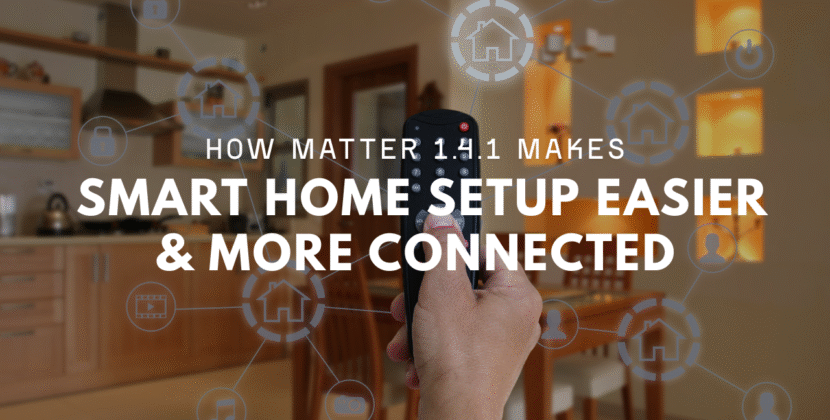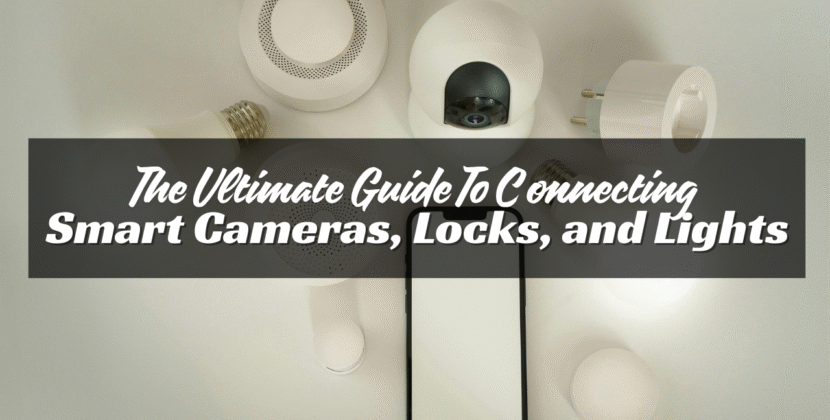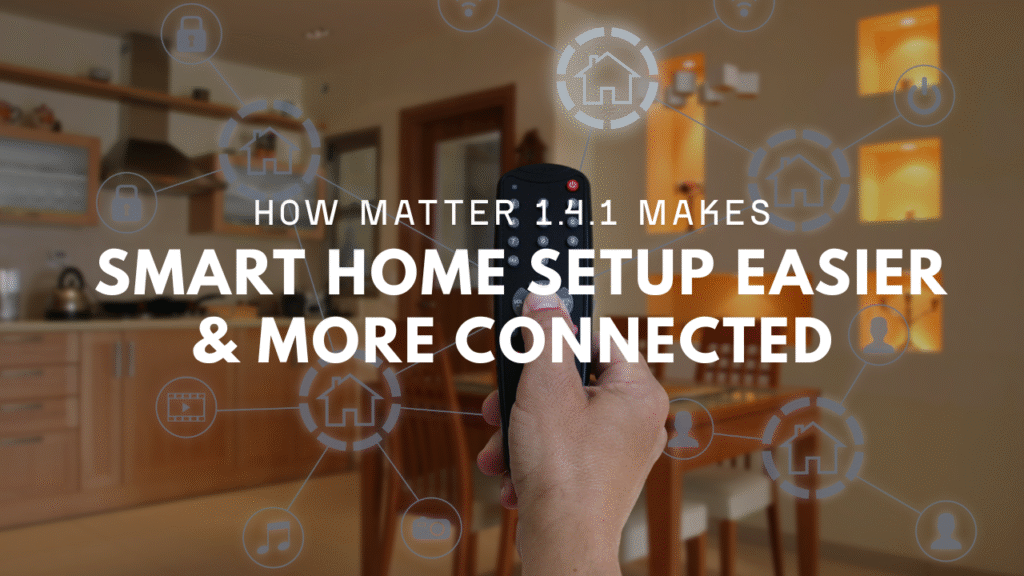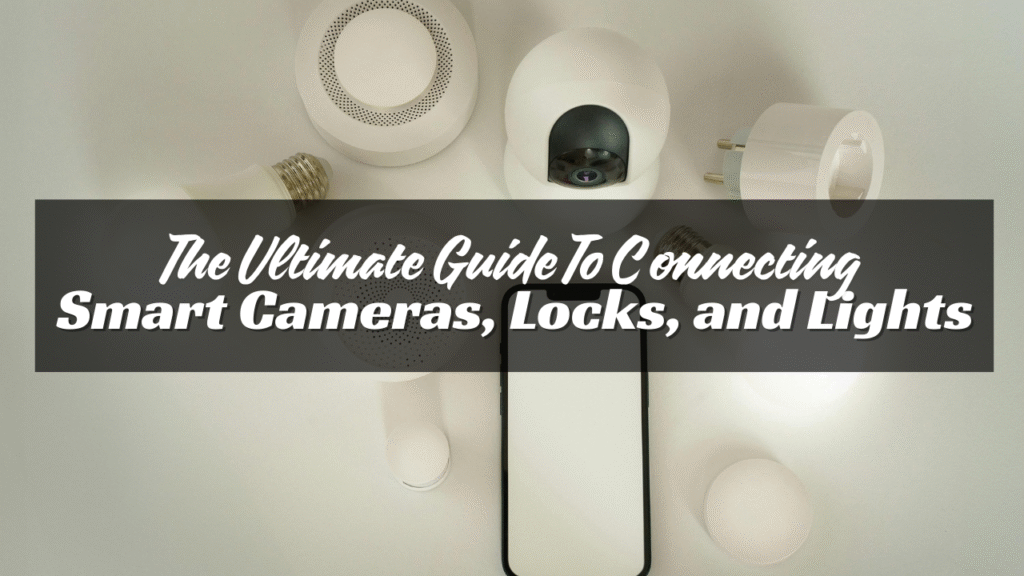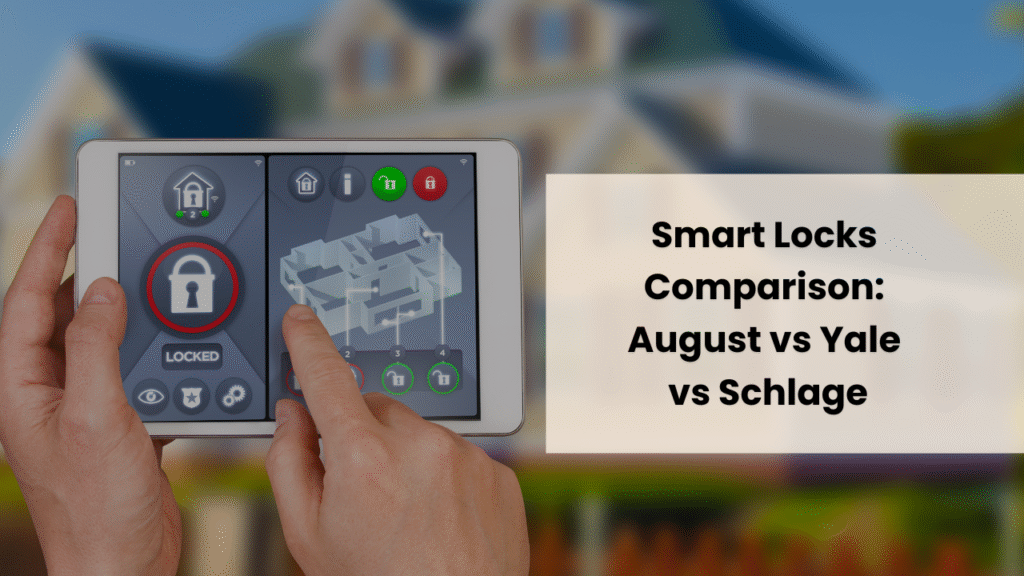
Your home should feel safe. But break-ins happen. Smart tech helps you stay one step ahead. It scares off intruders and alerts you fast. Here’s how to use it to protect your home.
Start with Smart Cameras
Smart cameras are your first line of defense. They let you see what’s going on, day or night. Many send alerts when they spot movement.
What to Look For:
- Motion detection
- Night vision
- HD quality
- Cloud and local storage
- Two-way talk
- Mobile app access
Place cameras at:
- Front and back doors
- Garage and driveway
- Side entrances
- Inside main entry points
Visible cameras can scare off most thieves. They don’t want to be caught on tape.
Use Smart Doorbells
A smart doorbell lets you see who’s at your door. Even when you’re not home. It records video and sends it to your phone. You can speak through it to greet or warn someone. Most burglars knock first to check if anyone’s home. A smart doorbell can stop them before they try anything.
Add Motion-Activated Lights
Lights that turn on with movement can stop intruders cold. Burglars want darkness. Sudden light makes them run.
Use motion lights around:
- Front porch
- Garage
- Backyard
- Side gates
Some smart lights work with cameras. They record as soon as the light turns on. You can also control them through your phone.
Use Smart Locks
Smart locks are keyless and safer than old locks. You can lock or unlock your door using an app. You’ll get alerts when someone opens the door. You can give guests or family members codes. No more hiding keys under a mat.
Look for:
- Auto-lock after a set time
- Temporary codes
- Remote access
- Tamper alerts
Smart locks stop break-ins caused by lost keys or weak locks.
Window and Door Sensors
These small devices tell you when a door or window opens. They send instant alerts to your phone. You’ll know if someone breaks in or even just forgets to shut a door.
You can set them to trigger:
- Alarms
- Lights
- Cameras
- Smart speakers
This creates a chain of action that scares off intruders.
Smart Alarms
A smart alarm system is more than a loud noise. It’s connected to your phone and other devices. It notifies you in real time. Some systems call emergency services if a break-in is detected. You can arm or disarm the system from anywhere. Some allow voice control or even facial recognition. Loud alarms are a strong deterrent. Burglars run once a siren starts blaring.
Simulate That Someone’s Home
Thieves often watch homes before breaking in. They look for signs no one’s home. Smart plugs and lights help fake activity Use smart plugs to:
- Turn on lamps
- Switch on TVs
- Start radios
Set schedules or use motion triggers. Some lights use random timers to mimic real use. It tricks burglars into thinking someone is inside.
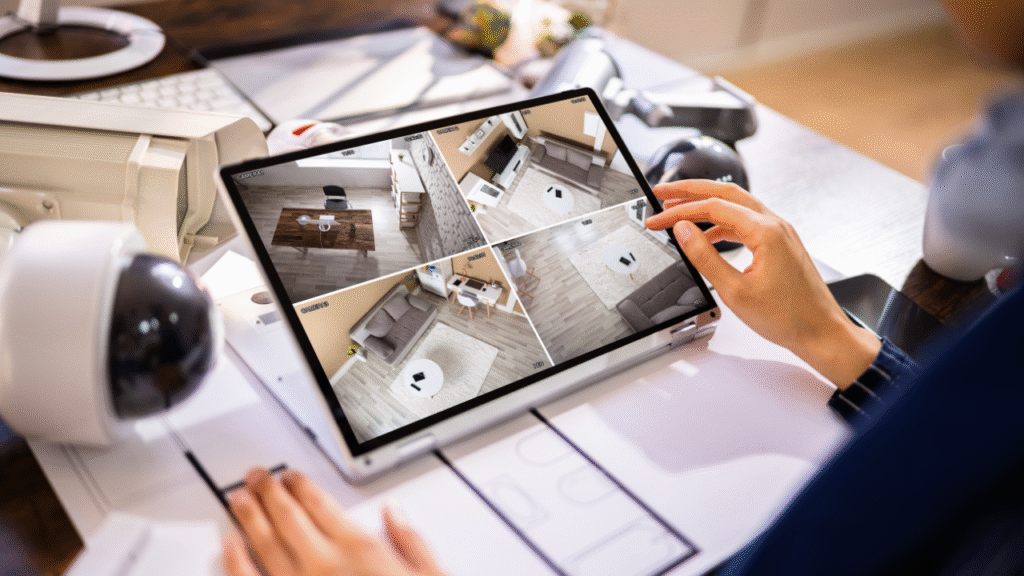
Smart Speakers and Voice Assistants
Smart speakers like Alexa or Google Home can help too. They can play music or turn lights on at set times. You can also use them to control alarms, locks, and cameras. Some systems can even warn intruders with a voice message:
“You are being recorded. Leave now.”
A loud voice, even fake, can send them running.
Use Geofencing
Geofencing lets your devices know when you come and go. Your phone’s location triggers actions. When you leave home, your system can:
- Lock doors
- Turn on alarms
- Arm cameras
- Switch off lights
When you return, it can disarm alarms or unlock the door. This makes sure your home stays locked and guarded.
Don’t Forget the Garage
Garages are a common break-in spot. Smart tech helps protect it.
Use:
- Smart garage door openers
- Motion lights
- Door sensors
- Inside cameras
You’ll know if someone opens the door when you’re away. You can even close it from your phone.
Get Real-Time Alerts
The key to smart security is fast alerts. You need to know the moment something happens. Set your system to send:
- Text alerts
- Push notifications
- Emails
Customize what triggers alerts. Only get notified for real risks, not every squirrel in the yard. This way, you’ll respond fast and avoid false alarms.
Secure Your Devices
Smart tech needs strong digital security too.
Do this:
- Use strong passwords
- Turn on two-factor login
- Update your apps and devices
- Don’t share logins
- Use a secure Wi-Fi network
If your system gets hacked, it won’t help you. Lock it down tight.
Combine Devices for Stronger Defense
No one device does it all. Smart tech works best when connected together.
Here’s an example setup:
- Motion sensor detects movement
- Camera starts recording
- Lights turn on
- Alarm sounds
- Alert goes to your phone
This kind of chain reaction scares off burglars fast.
What to Avoid
Don’t rely on one device. Do not ignore low battery warnings. Don’t skip updates. Don’t leave your Wi-Fi open. Smart tech is only smart if you use it well.
Conclusion
Smart tech makes home security simple, fast, and strong. It helps stop break-ins before they happen. It lets you respond right away. And it gives you peace of mind. Start with one or two tools. Cameras and smart locks are a great start. Add lights, alarms, and sensors over time. Keep your system updated and secure. Smart tech doesn’t just watch your home—it protects it.

